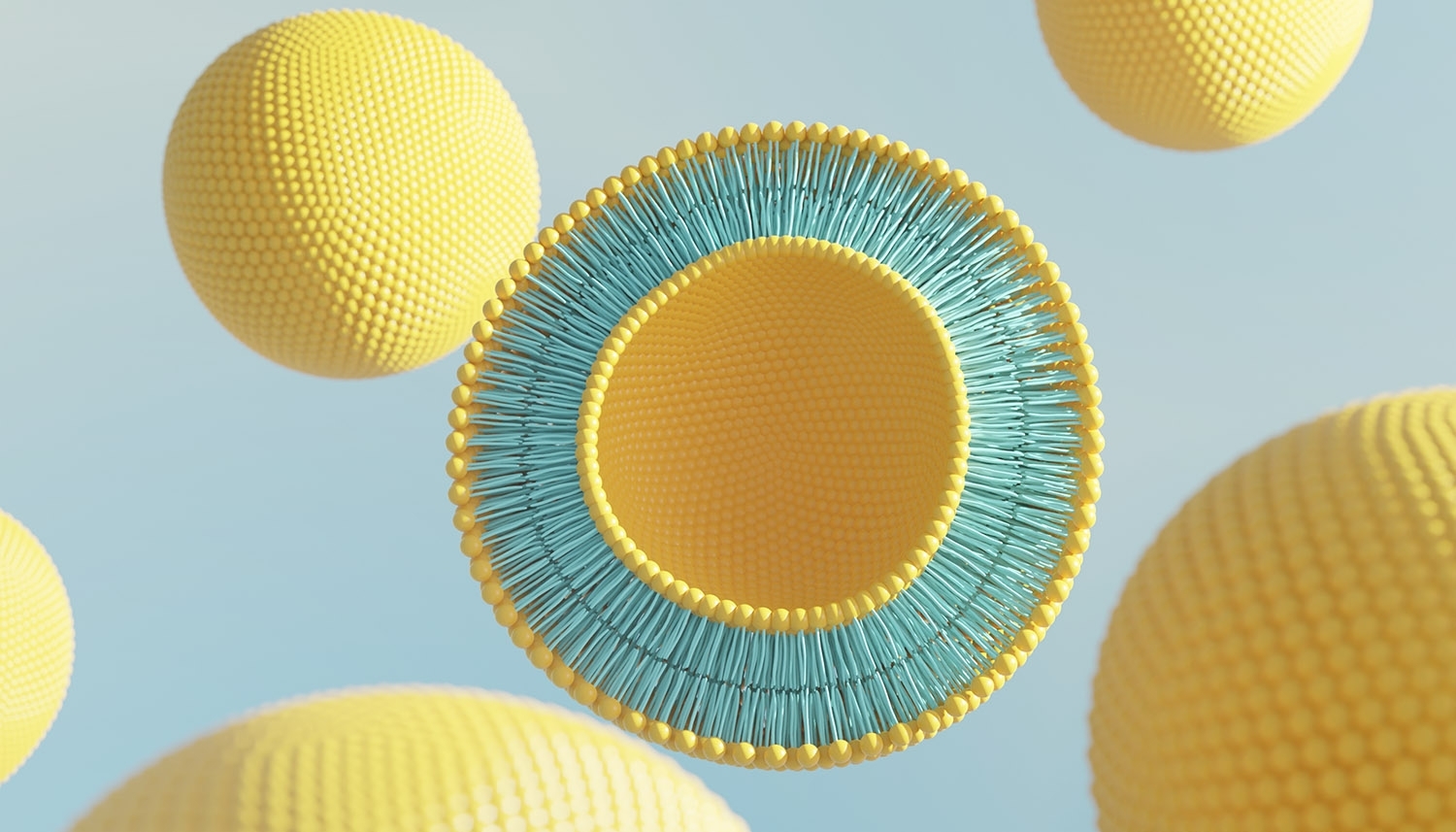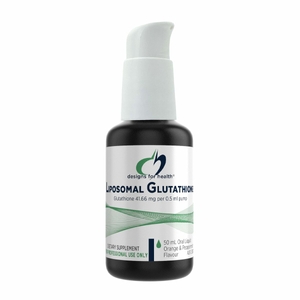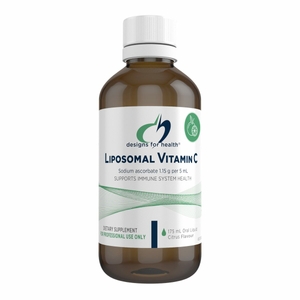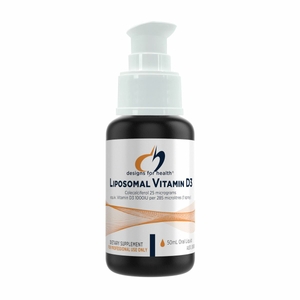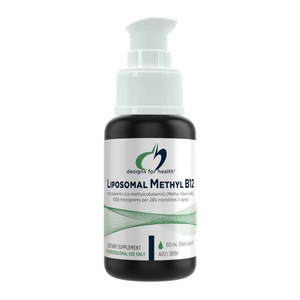Liposomal technology: What is it and how does it work?
The reduced bioavailability is one of the biggest drawbacks of using conventional oral methods of taking medication and nutraceuticals. They don’t compare to the 100% bioavailability of intravenous (IV) administration. With the discovery of liposomal technology, there is now a way to achieve the convenience of a capsule and the effectiveness of an IV in a targeted delivery system.
To understand how liposomal technology works, you will need to have a basic understanding of the structure of the cell membrane. Each cell is surrounded by a dual layer of phospholipids. Phospholipids are fatty molecules that have a head that is attracted to water and a tail that resists water. The phospholipids are arranged tail-to-tail in two layers (Image 1), with the hydrophilic heads forming the outer and inner surfaces of the cell membrane (2).

Image 1: The phospholipid cell membrane
Liposomes are used to deliver medication and nutrients directly to the site of action (3). The active substances are absorbed in the mouth, thus bypassing the destructive stomach acid (4).
For liposomes to be used as a delivery method the medication molecule or the nutrient is incorporated in the phospholipid sacs. Water-soluble substances are incorporated into the fluid inside the sac; fat-soluble substances are held within the phospholipid membrane itself.
The liposome membrane has an identical structure to the cell membranes. That allows the liposome to attach to the cell membrane and merge with the cell’s phospholipid bilayer, releasing the drug or nutrient into the cell (Image 2) (5).
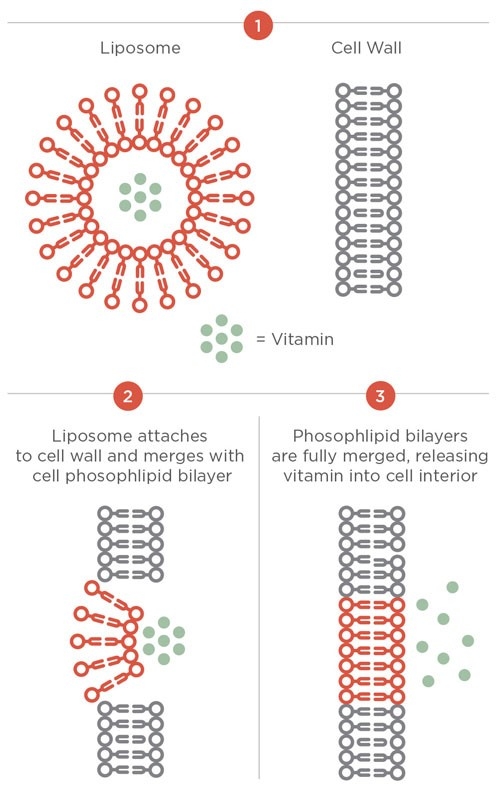
Image 2: How liposomes deliver nutrients to cells
The advantages of liposomal technology
Take a look at some of the advantages of using liposomes to deliver medication and nutrients to the body (6):
- Liposomes protect the active ingredient from digestion.
- Can carry both water-soluble and fat-soluble molecules.
- Targeted delivery to specific parts of the body.
- Lower dosages are required because the active ingredients are not metabolised before entering systemic circulation.
- Compatible with the human body.
- Reduced risk of taking too much of the active ingredient.
- Greater efficiency.
Lipsomal technology is the future of nutraceutical delivery
The goal of an effective nutraceutical delivery system is to deliver the active ingredient to the targeted site in an amount that will achieve a therapeutic effect. Conventional delivery systems fall short in several areas. They expose the drug or nutrient to stomach acid and metabolic processes that destroy a large portion of the active ingredient before it reaches the part of the body where it is needed.
Liposomal technology delivers the medication or nutrient directly to the targeted site, bypassing the stomach acid and metabolic processes that would ordinarily destroy it. Liposomes are identical to the cell membranes found surrounding the cells in the body. They can carry substances to the cells, combine with the cell membrane and release the active ingredients directly into the cells.
Improving health with liposomal delivery
Here at Designs for Health, we offer a range of liposomal products (Image 3) to support your patients’ needs, including Glutathione for antioxidant support, vitamin C and D for immune support and methyl B12 for nervous system support.

Image 3 – Designs for Health liposomal range
Liposomes are a revolutionary medicine and nutraceutical delivery system that is changing the way nutrients are administered. It is more effective, more accurate and a safe delivery method. Liposomal technology is the future of drug and nutraceutical delivery systems.

